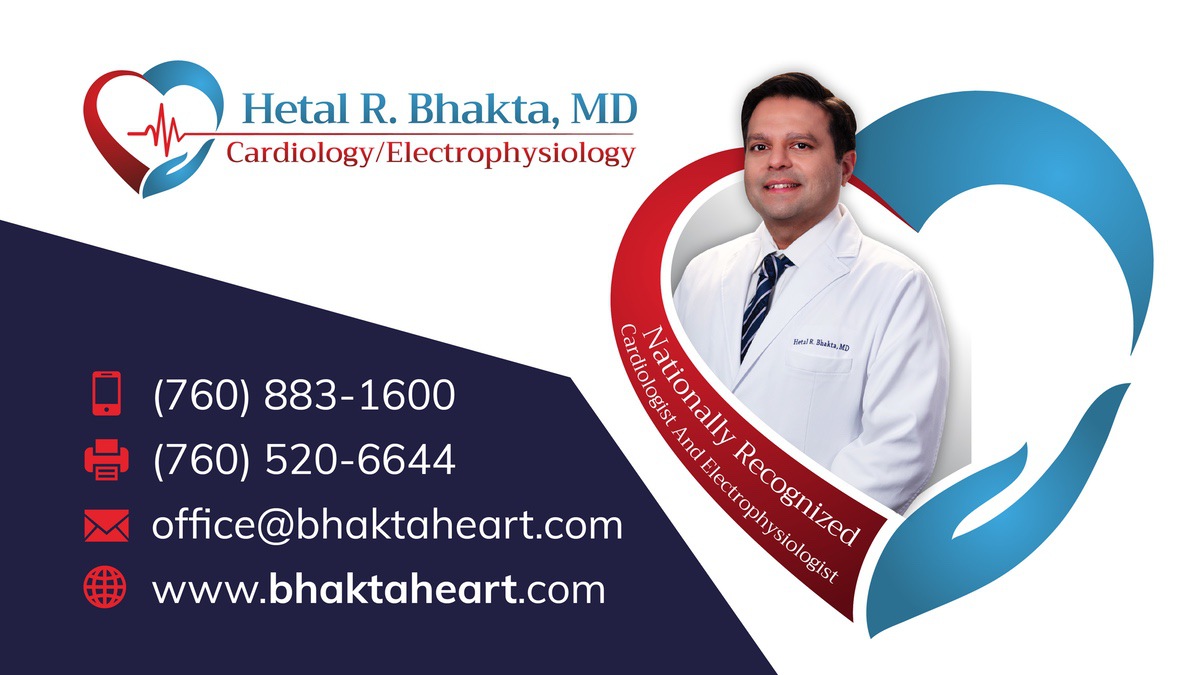An echocardiogram (also called an echo) is a three-dimensional, moving image of your heart. An echo uses Doppler ultrasound technology. It is similar to the ultrasound test done on pregnant women. The echo machine emits sound waves at a frequency that people can’t hear. The waves pass over the chest and through the heart. The waves reflect or “echo” off of the heart, showing:
When you have an echocardiogram, you undress from the waist up, put on a hospital gown, and lie on an exam table. The technician spreads gel on your chest and side to help transmit the sound waves. The technician then moves a pen-like instrument (called a transducer) around on your chest or side. The transducer records the echoes of the sound waves. At the same time, a moving picture of your heart is shown on a special monitor. You may be asked to lie on your back or your side during different parts of the test. You may also be asked to hold your breath briefly so that the technician can get a good image of your heart. An echo is a painless test. You feel only light pressure on your skin as the transducer moves back and forth.

Our knowledgeable and courteous staff will help set up a consultation for you, schedule surgical procedures, discuss your insurance, and answer any questions you may have.


